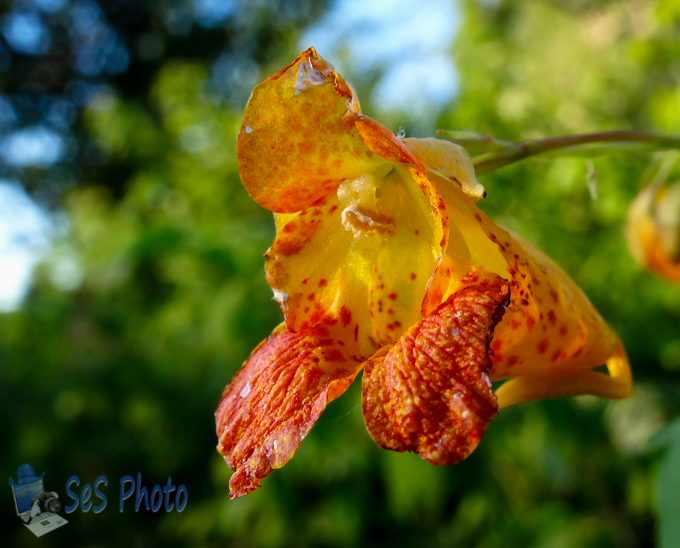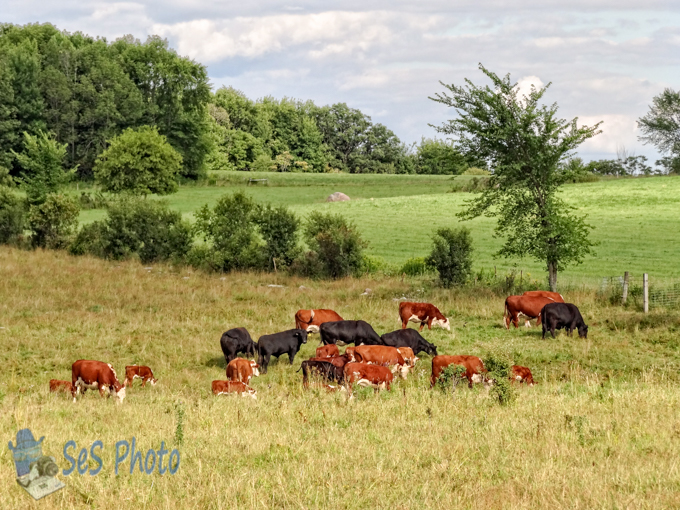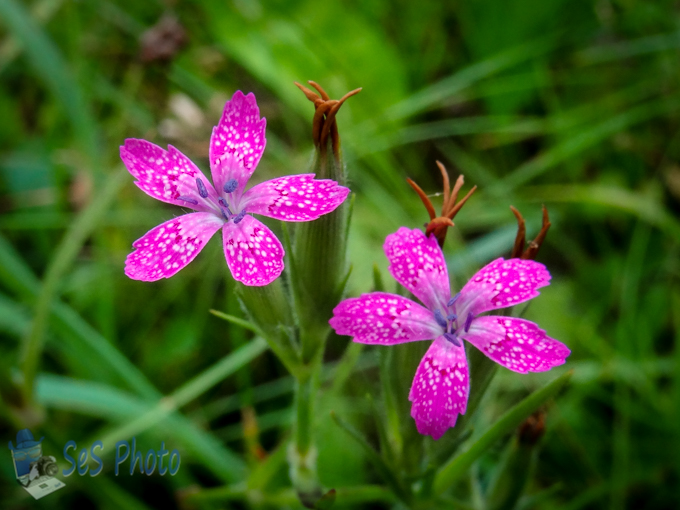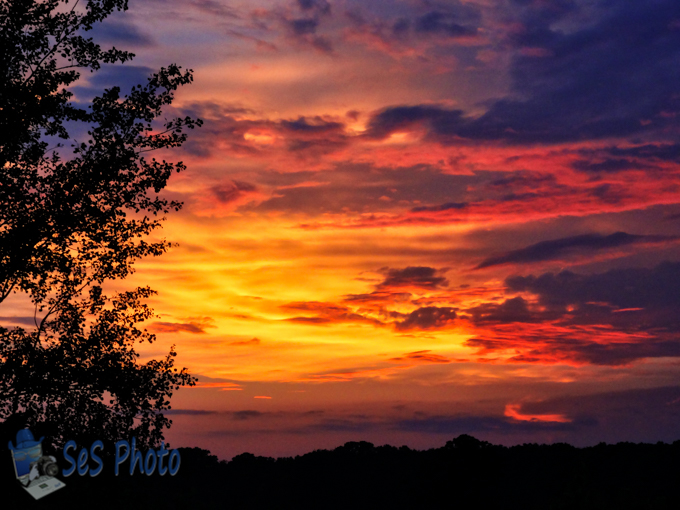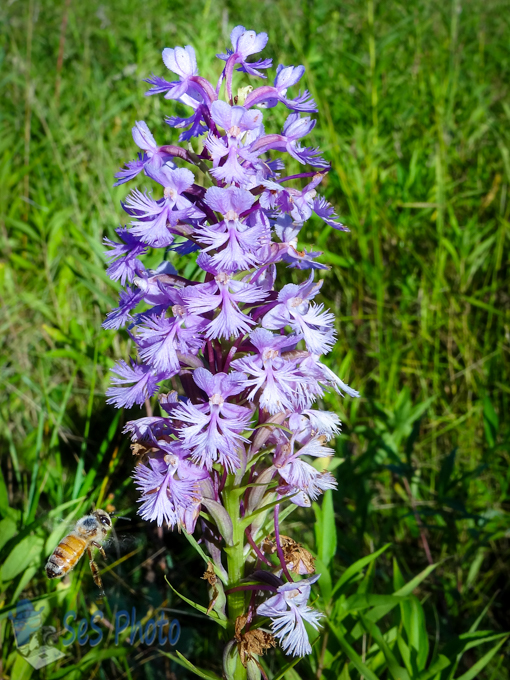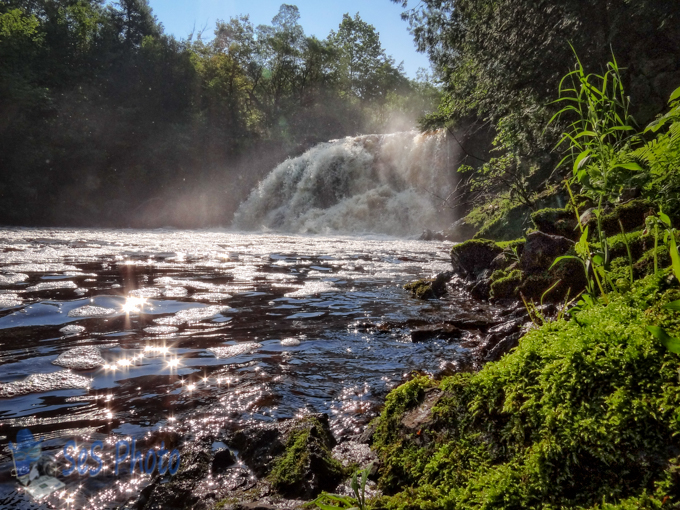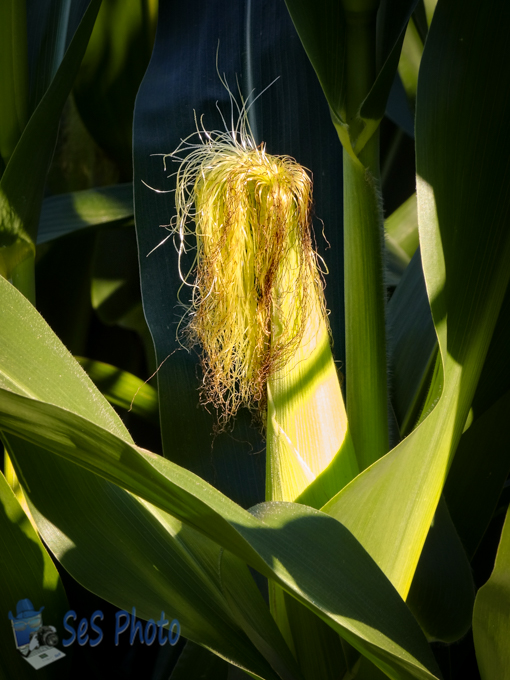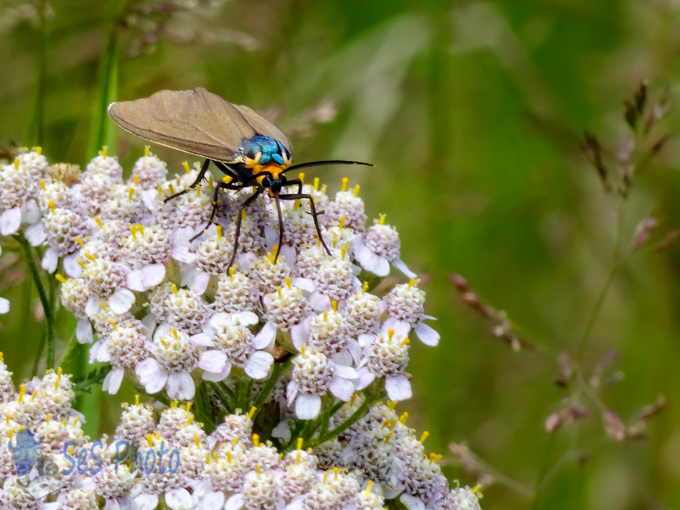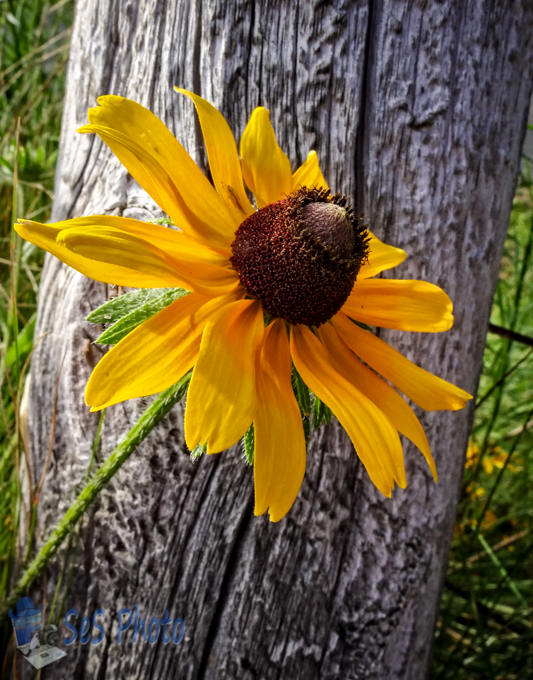The flower may be orange, but the fruit is a pale green pods which “explode” at the slightest touch, scattering the seeds in all directions, hence the name “touch me not”. The Spotted Touch-me-not is a native plant (and this time was transported to parts of Europe in the 19th and 20th centuries).
The plant is also known as Jewelweed and Orange Jewelweed – a reference to the way the spotted blossoms hand like a pendent jewel and leaves appear to be silver or ‘jeweled’ when held underwater. The wildflower is important nectar plants for hummingbirds and the stems also contain a juice that can relieve the sting from Poison Ivy or Stinging Nettle.
Spotted Touch-Me-Not


